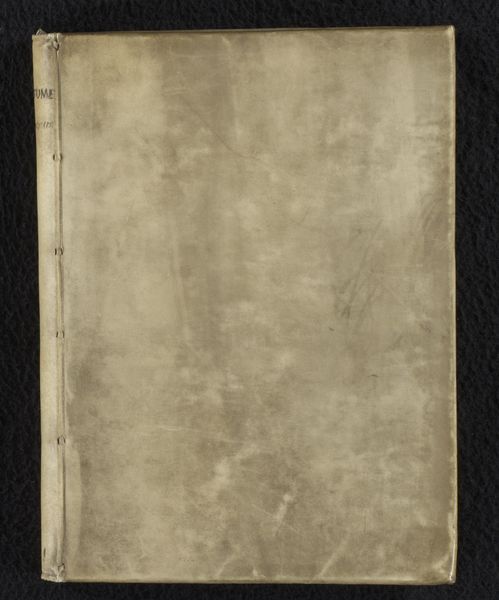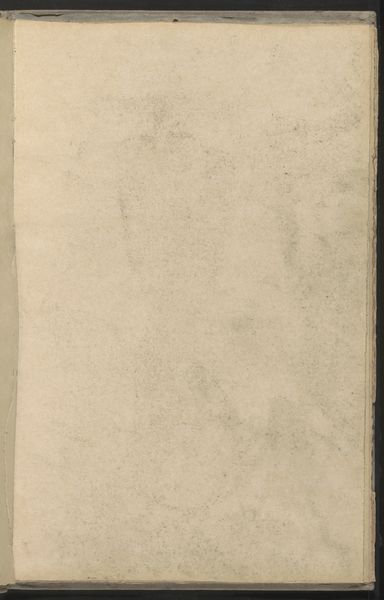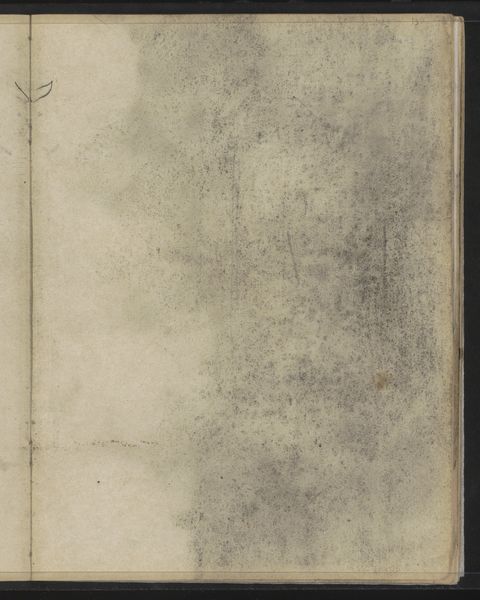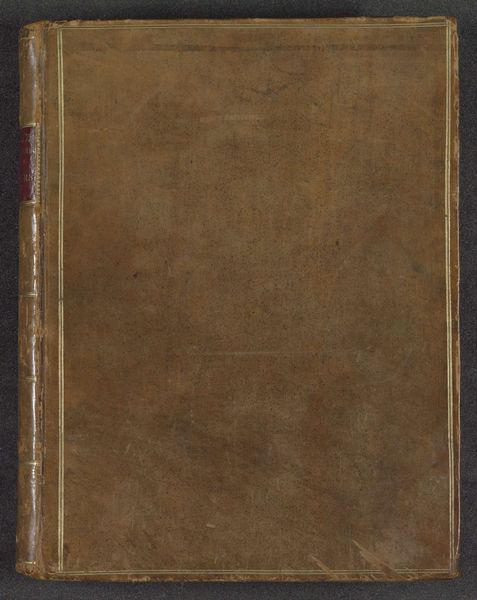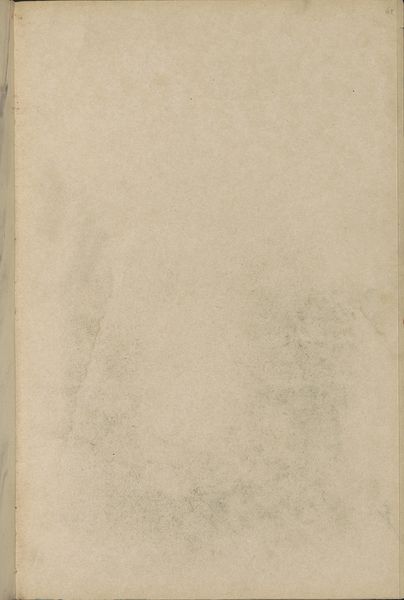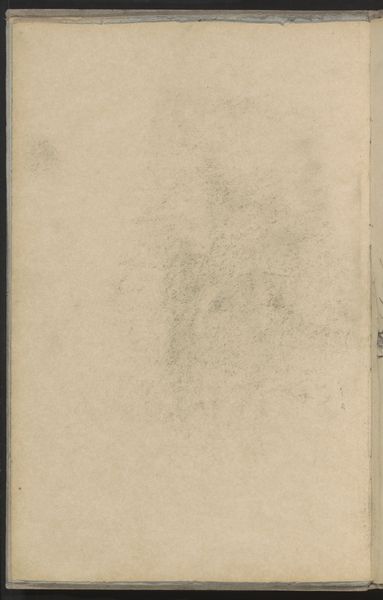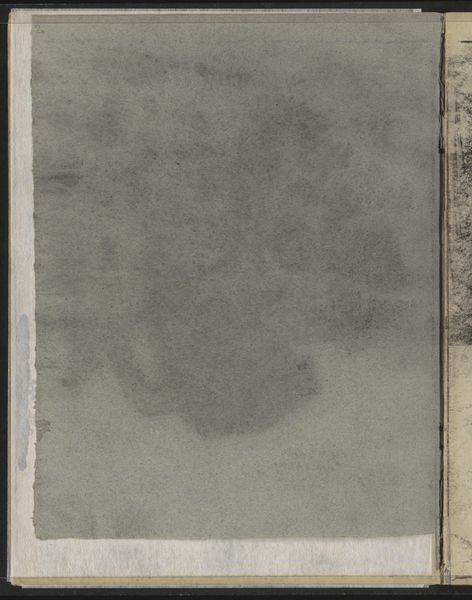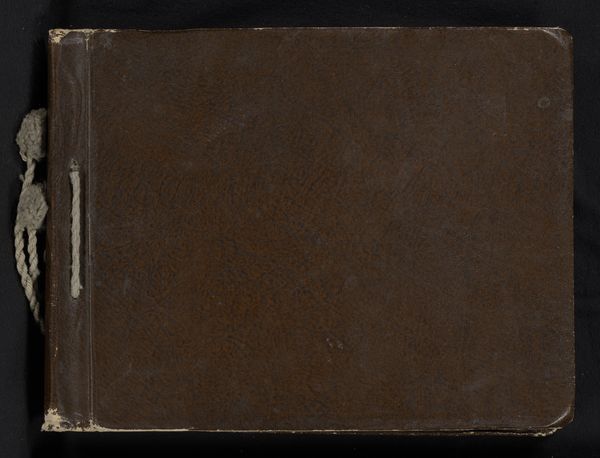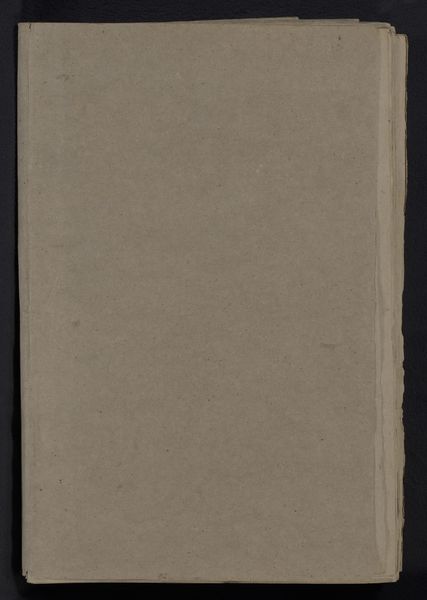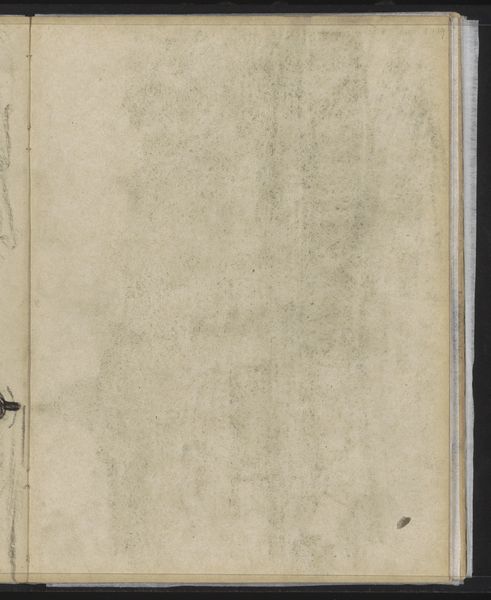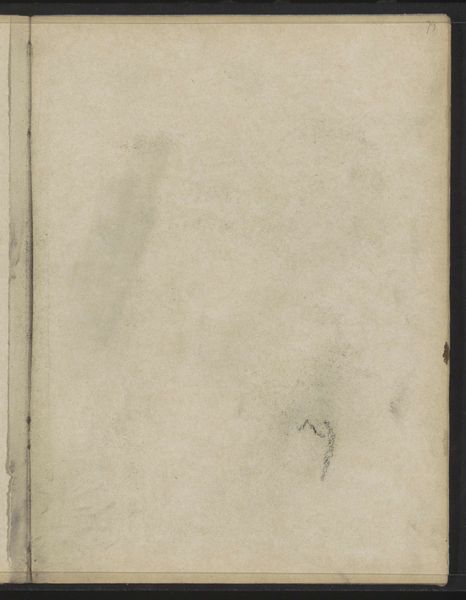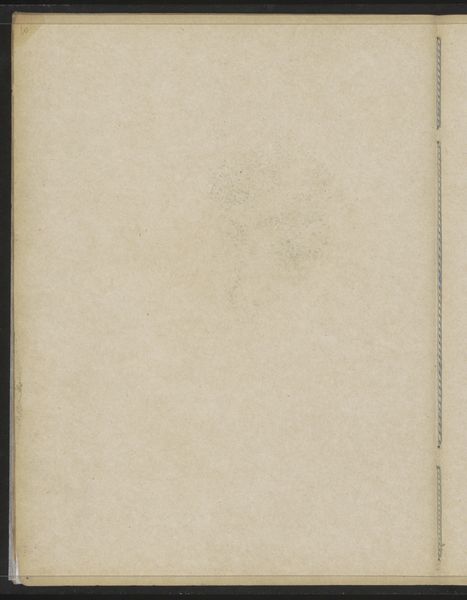
drawing, paper, graphite
#
portrait
#
drawing
#
paper
#
graphite
Copyright: Rijks Museum: Open Domain
Willem Witsen made this charcoal rubbing, or 'Abklatsch', sometime between 1880 and 1923. It's now held at the Rijksmuseum. The 'Abklatsch' was a technique that allowed artists to transfer an image from one surface to another, useful for replicating or preserving sketches. Witsen was part of the Amsterdam Impressionism movement, and his work often depicted quiet, intimate scenes of Dutch life. The very act of replication raises questions about artistic originality and value, concepts that were being hotly debated in the late 19th and early 20th centuries as photography gained prominence. Consider the social conditions of the art world at the time. Academic art institutions held considerable power, but artists like Witsen were pushing against those constraints, seeking new ways of seeing and representing the world. By experimenting with techniques like the 'Abklatsch', Witsen and his contemporaries were challenging traditional notions of artistic skill and the art market, paving the way for future generations of artists to question the established order. To understand this work more fully, we might delve into the archives of the Rijksmuseum, and explore the writings of contemporary art critics. Art history reminds us that the meaning of art is always tied to its social and institutional context.
Comments
No comments
Be the first to comment and join the conversation on the ultimate creative platform.
